Researchers at the University of Gothenburg have made a groundbreaking discovery in Sweden, rewriting the history of the Iron Age. A plano-convex ingot, initially believed to be from the Bronze Age, has been found to be an Iron Age artifact through chemical and isotopic testing. The ingot's composition closely matches Iron Age finds from Poland, shedding new light on long-distance connections across the Baltic region.
According to Dr. Maria Svedin, lead researcher on the project, the ingot's analysis revealed a copper-zinc-tin composition, which is characteristic of Iron Age metalworking. "The isotopic analysis confirmed our suspicions, and we were thrilled to discover that this ingot was indeed from the Iron Age," Dr. Svedin said. "This finding has significant implications for our understanding of trade and networking in the region during this period."
The plano-convex ingot was discovered in the autumn of 2022 in the village of Särdal on the west coast of Sweden. Researchers at the University of Gothenburg analyzed the object using advanced isotopic and chemical methods, which provided conclusive evidence of its Iron Age origin. The ingot's shape and size initially led researchers to believe it was a Bronze Age artifact, but the analysis revealed a different story.
The discovery of the Iron Age ingot in Sweden highlights the importance of collaboration and scientific analysis in transforming isolated artifacts into valuable clues about ancient trade and networking. "This finding demonstrates the power of interdisciplinary research and the importance of combining archaeological and scientific expertise to gain a deeper understanding of the past," said Dr. Svedin.
The discovery also underscores the significance of the Baltic region as a hub of trade and cultural exchange during the Iron Age. "The fact that this ingot matches Iron Age finds from Poland suggests that there were extensive connections between these regions, which is a fascinating area of study," said Dr. Svedin.
The University of Gothenburg's research team is continuing to analyze the ingot and its implications for Iron Age history. The team is also exploring the possibility of similar discoveries in the region, which could further shed light on the complex networks of trade and cultural exchange that existed during this period.
As researchers continue to unravel the secrets of the Iron Age, this discovery serves as a reminder of the importance of interdisciplinary research and the power of scientific analysis in transforming our understanding of the past.
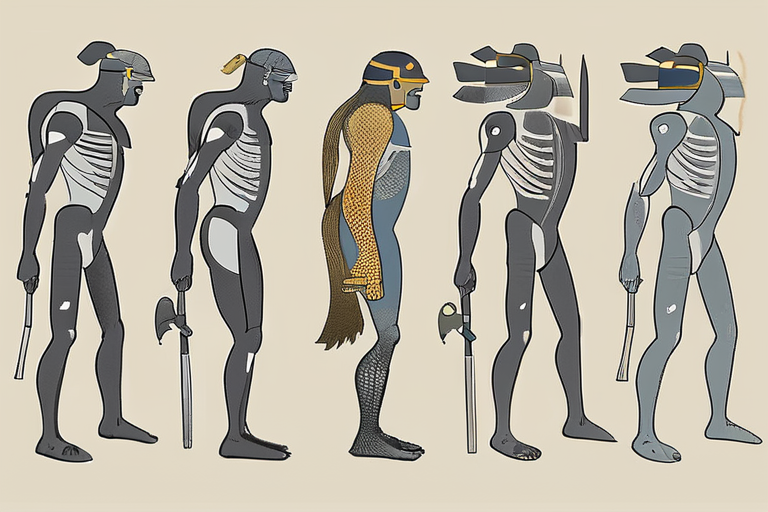





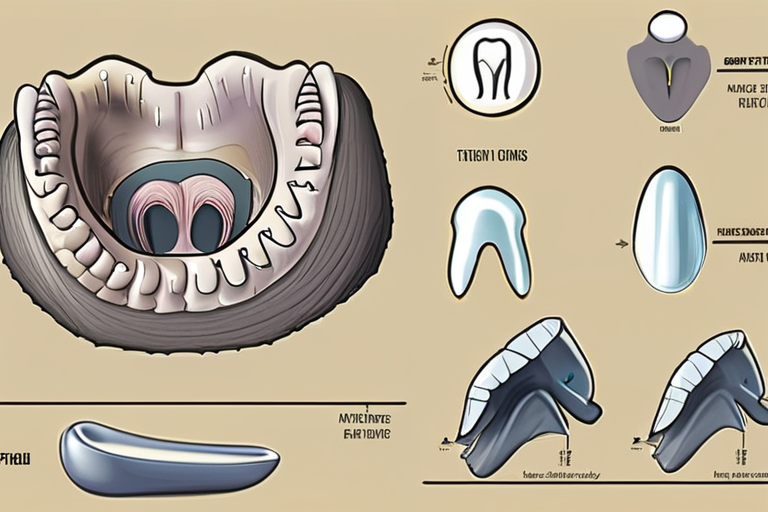





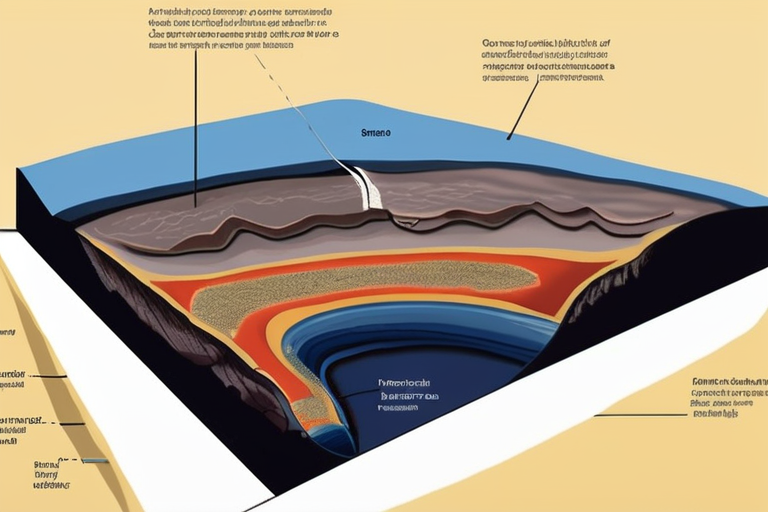








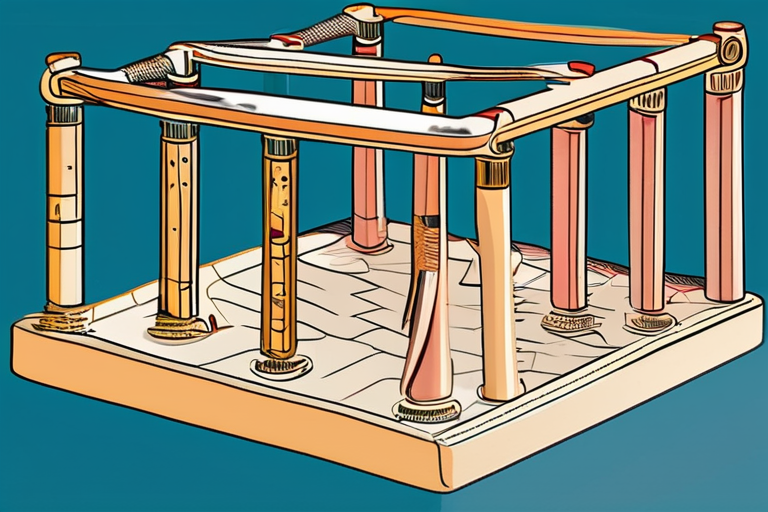
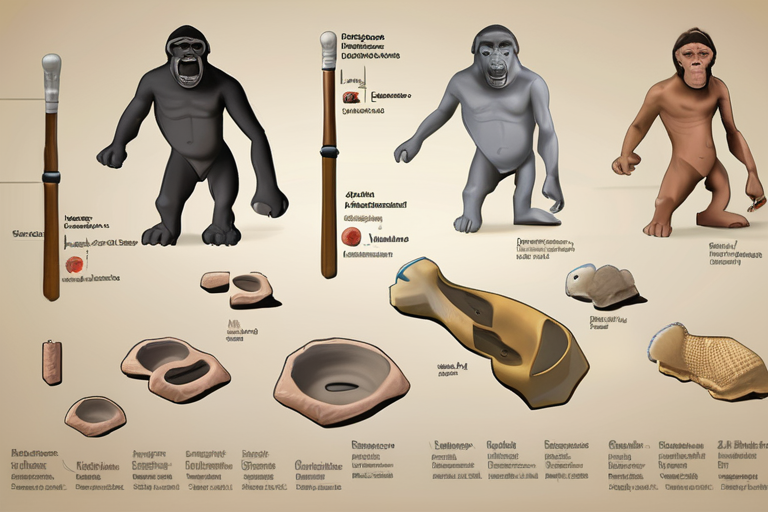

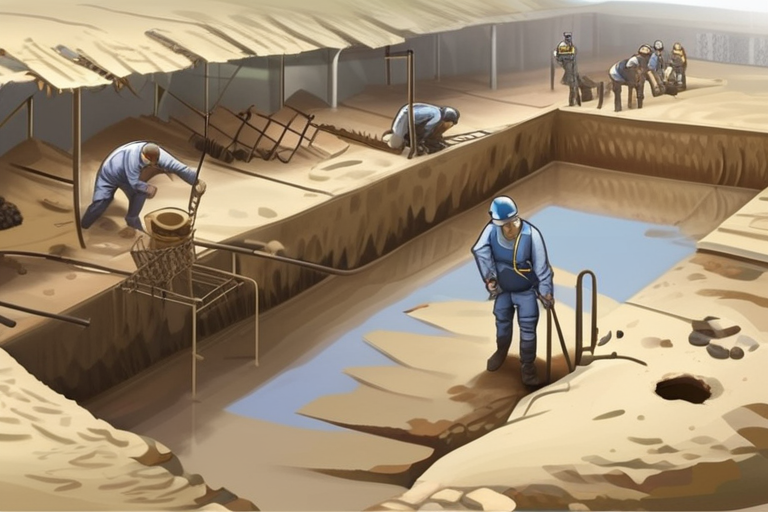

Share & Engage Share
Share this article